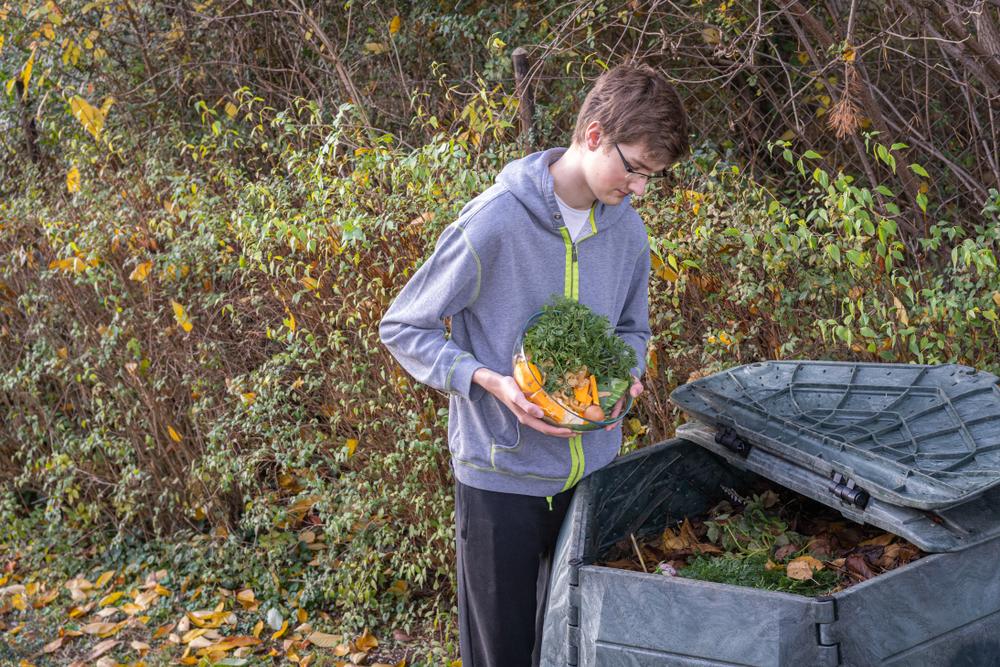Franklin D. Roosevelt wisely said, “The nation that destroys its soil destroys itself.” The date was Feb. 26, 1937, and he was making his case to state governors for effective soil management, explaining that healthy soil is an economic asset. Whether one is talking thousands of acres, a backyard garden, or even a compact container garden, the best soils are alive and fed by compost—a crumbly, dark, earthy-smelling, nutrient-rich soil amendment. Some gardeners even use compost instead of soil to grow plants.
Composting keeps organic waste out of landfills, enhances water retention in soil, reduces or may even eliminate the need for chemical fertilizers and, best of all, promotes higher crop yields. Ready to compost at home?




